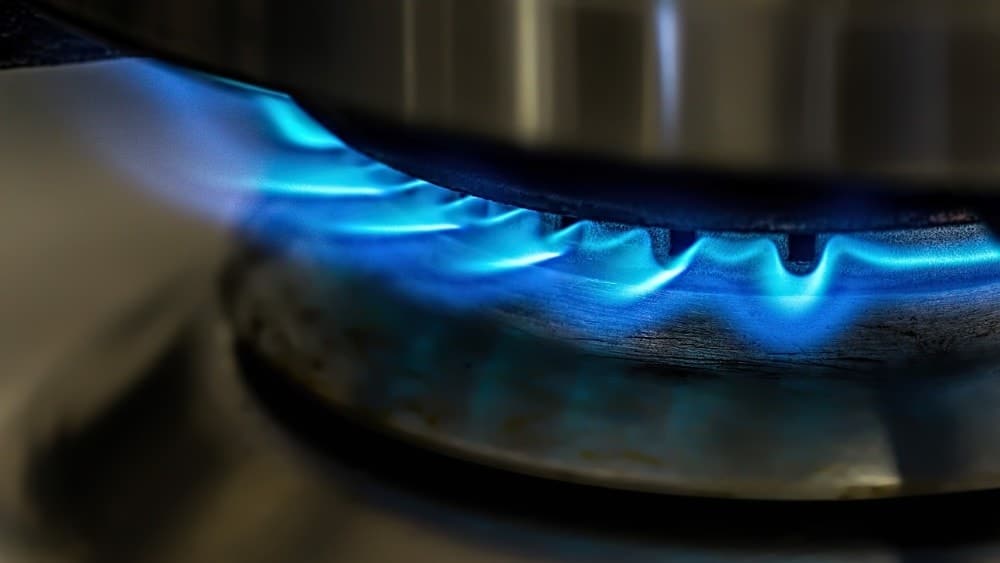If you’re a fan of craft beer, you’ve probably stumbled upon the delightful fusion known as White IPA. It’s a unique blend that marries the refreshing qualities of wheat beer with the bold hop flavors of traditional IPAs. This combination creates a brew that’s not only aromatic but also incredibly satisfying.
I love how White IPAs offer a perfect balance of citrusy hops and the smooth, creamy texture of wheat. Whether you’re enjoying a sunny afternoon or winding down after a long day, this style brings a refreshing twist to your beer experience. Join me as we dive deeper into what makes White IPA a standout choice for beer lovers everywhere.
Overview of White IPA
White IPA stands out as a hybrid beer style that effectively marries the hazy characteristics of wheat beer with the hoppy bitterness typical of traditional IPAs. This fusion results in a unique flavor profile that I find very appealing.
The use of wheat malt adds a smooth, creamy mouthfeel, making the beer refreshing, even with a substantial hop presence. I appreciate that it often features citrusy and fruity hop varieties, which enhance the overall flavor without overpowering the delicate wheat base.

In terms of aroma, White IPAs deliver an inviting bouquet. Expect notes of orange peel, coriander, and tropical fruit. When crafting this style, it’s essential to achieve balance. Without proper hop additions, the beer risks becoming overly fruity or too bitter.
Crafting a White IPA requires careful consideration of both malt and hop selections. I enjoy experimenting with different hop combinations to find the right balance. Typically, Citra, Amarillo, and Simcoe hops work well, each contributing distinct citrus and floral notes.
White IPAs commonly range from 5.5% to 7.0% ABV, making them versatile for different settings. Whether I’m sharing a few pints during a barbecue or enjoying one on a sunny day, the versatility shines through.
I encourage fellow brewers to explore this style and discover the enjoyment it brings. Experimenting with White IPA can offer surprising and satisfying results.
The History of White IPA
White IPA represents an innovative fusion of traditional beer styles, specifically wheat beer and India Pale Ale (IPA). This hybrid emerged in the early 2010s, gracing the craft beer scene with its refreshing complexity.
Origins of the Style
I trace the roots of White IPA back to the Belgian-style Witbier and American IPAs. The combination of malted wheat and a blend of hoppy flavors characterized this new style. Breweries like Dogfish Head and others began creating their versions, explicitly highlighting the unique balance of wheat’s creaminess with the boldness of hops. The original White IPA reflected this vision, paving the way for craft brewers to explore its possibilities further.
Evolution Over Time
Over the years, White IPA has seen a significant evolution. Initially, brewers focused on balancing wheat’s smooth mouthfeel with bright, citrusy hop profiles, emphasizing varieties like Amarillo and Citra. As more breweries experimented, variations emerged incorporating different hop combinations and adjuncts, from spices like coriander to fruity notes. Today, enthusiasts can find an array of interpretations, showcasing creativity in both commercial and home-brewed versions. This continued exploration keeps White IPA vibrant and ever-evolving in the craft beer landscape.
Key Ingredients in White IPA
White IPA features a unique fusion of ingredients that create its distinctive flavor and character. Understanding these key components enhances my approach as a brewer and enriches the brewing experience.
Wheat: The Base of the Beer
Wheat serves as the backbone of White IPA, contributing a smooth and creamy mouthfeel. I typically use a combination of pale malt and wheat malt, often aiming for a 40-50% wheat content. This ratio helps impart the hazy appearance and soft texture that defines the style. The wheat also provides essential proteins that promote head retention, giving the beer that inviting frothy top. Belgian-style pilsner or flaked wheat can also be experimented with, creating nuanced variations in flavor.
Hops: Flavor and Aroma Profiles
Hops bring out the bold, aromatic qualities characteristic of White IPAs. I often choose citrus-forward varieties like Citra and Amarillo for their bright, fruity notes. Simcoe adds a layer of pine and earthy undertones, balancing the fruitiness with complexity. I recommend dry hopping to enhance aroma without overwhelming the wheat’s delicate flavor. When aiming for a harmonious profile, I’ve found that combining different hop varieties yields a pleasing balance of bitterness and aromatic complexity. Strong grapefruit, orange, and tropical fruit aromas complete the experience, ensuring a refreshing sip every time.
Brewing Process of White IPA
Brewing a White IPA combines the best of both wheat and hops. It involves specific techniques that bring out the unique flavors and aromas characteristic to this style.
Step-by-Step Brewing Techniques
- Milling: I start by milling the grains, typically a mix of pale and wheat malts. A 40-50% wheat ratio is essential for achieving that signature hazy appearance.
- Mashing: I then mash the milled grains at a temperature between 150°F and 156°F for about 60 minutes. This process converts the starches into fermentable sugars, providing a smooth mouthfeel.
- Sparging: After mashing, I sparge to rinse the grains, collecting the sweet wort. This step maximizes sugar extraction, which is crucial for a balanced beer.
- Boiling: I bring the wort to a boil and add hops at various stages. I typically add bittering hops early in the boil, around 60 minutes, to achieve desired bitterness. I follow this with a mid-boil addition, incorporating aromatic and flavor hops like Citra and Amarillo for a bright citrus character.
- Whirlpooling: Once the boil is complete, I whirlpool the wort to create a vortex, helping to separate hop trub and solids. This step enhances clarity and prepares the wort for cooling.
- Cooling: I cool the wort quickly using a wort chiller to minimize the risk of contamination. Cooling to fermentation temperature, usually between 65°F and 70°F, is essential before transferring to the fermenter.
- Yeast Pitching: Once cooled, I pitch a clean, high-attenuating yeast strain that complements the flavor profile. A Belgian strain with fruity esters can enhance the experience.
Fermentation and Aging
Fermentation starts as I seal the fermenter and allow the yeast to work its magic. Primary fermentation typically lasts about one to two weeks. I monitor the temperature closely, keeping it stable to promote healthy yeast activity.
After primary fermentation, I transfer the beer to secondary fermentation if desired. This step aids in clearing the beer and allows flavors to develop further. I also consider dry hopping at this stage, adding fresh hops to enhance the aroma without overshadowing the wheat’s delicate notes.
I let the beer age for another week or more, depending on the desired clarity and flavor. Once ready, I can package my White IPA, either by bottling or kegging, making sure to carbonate it to perfection for a crisp finish.
Taste Profile and Food Pairings
White IPA delivers a unique taste profile that appeals to a wide range of palates. The blend of wheat and hops creates a refreshing beer experience. The wheat contributes a smooth, creamy mouthfeel with a hint of sweetness, while the hops bring vibrant flavors of citrus and tropical fruit. Expect aromas of orange peel, coriander, and floral notes, creating an inviting sensory experience.
The hop varieties I’ve used often include Citra, Amarillo, and Simcoe. Citra brings bright grapefruit and lime notes, Amarillo adds orange and stone fruit undertones, and Simcoe offers earthy and piney flavors. When these hops complement the wheat base, they create a well-rounded beer that’s both exhilarating and approachable.
For food pairings, White IPA excels alongside various dishes. Try it with spicy foods, like Thai chili shrimp or spicy tacos, where the citrusy hop flavors can cut through the heat. It also pairs well with grilled chicken and salads, providing a refreshing contrast to lighter meals. For cheese lovers, consider a mild blue cheese or creamy goat cheese. The creamy texture of the beer balances nicely with the richness of these cheeses.
Experimenting with pairings can lead to delightful discoveries, enhancing both the food and the beer. The versatility of White IPA makes it a fantastic companion for a wide array of culinary creations.
Conclusion
White IPA truly stands out in the craft beer world with its delightful blend of wheat and hops. I love how it brings together the smoothness of a wheat beer and the boldness of an IPA for a refreshing experience. Whether I’m enjoying it at a barbecue or lounging on a sunny afternoon, it never fails to impress.
I encourage you to explore this hybrid style if you haven’t already. With so many variations out there, each sip offers something new and exciting. So grab a glass and dive into the vibrant world of White IPA—you might just find your new favorite brew!




